A Low-carb meal plan, diet restricts carbohydrates like those found in grains, starchy vegetables, and fruit and emphasizes foods high in protein and fat. There are numerous types of low-carb diets. Each diet has different restrictions on the types and amounts of carbohydrates that can be consumed. A low-carb diet is commonly used to lose weight. Some low-carb diets may provide health benefits in addition to weight loss, such as lowering your risk of type 2 diabetes and metabolic syndrome.
Low carbohydrate diet plan
Low-carb diets come in a variety of versions, and studies show that they can help you lose weight and improve your health. Here is a diet plan given below for a Low-carb meal plan.
Breakfast:
- Omelet with various vegetables, fried in butter or coconut oil.
- Bacon and eggs.
- Chia Porridge with Strawberries
- Muesli with Fruit
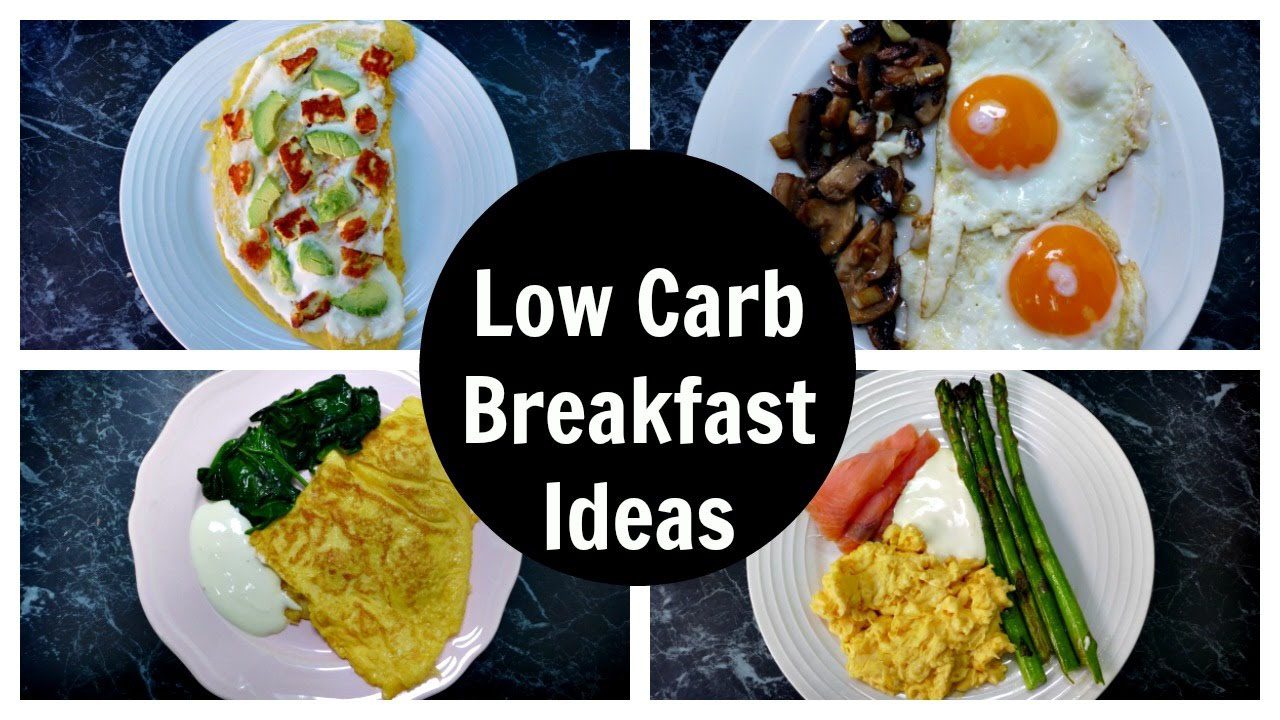
Lunch:
- Tofu & Quinoa Salad
- Tuna & Bean Salad
- Roast Beef & Veggies on Toast:
- Prawn and Kimchi Omelette
- Eggs with Herbed Mushrooms; served with Low-carb bread.
Dinner:
- Baked Salmon, Quinoa & Vegetables
- Stuffed Peppers
- Sweet Potato Salad
- Eggplant Lasagne
- Mexican Baked Eggs, etc.
Low carbohydrate diet for diabetes patients
A low-carb diet can help diabetics better control their blood sugar levels. Reducing carbohydrate intake can aid in blood glucose stabilization. It may also help to prevent some of the other side effects of diabetes, such as weight gain and heart disease. Carbohydrate requirements vary according to activity level, weight, health goals, and other factors.
Working with a doctor or a dietitian can help people set specific carb targets. A very low-carb diet includes no more than 30 grams of carbohydrates per day. Low-carb meal plan contain 130 g or less of carbs, while moderate-carb diets contain 130 to 225 g of carbs. People can count their daily carb intake for a few days to get an idea of how significant a diet change will be, then set a new target.
Foods to eat
The majority of the calories in a low-carb diet should come from natural, healthy sources, such as:
- Vegetables
- Lean protein such as eggs, fish, nuts, and tofu
- Good fats such as olives or avocados
- fruit in moderation
People should avoid or limit their intake of the following foods as part of a healthy, low-carb diet:
- processed foods, such as prepackaged meals and salty snacks
- Foods that are rich in sugar such as cakes, pastries, candies, cookies, sodas, and juices.
- alcoholic beverages
- white pasta, etc.
Low-carb meal plan for weight loss
Most people can lose weight if they limit their calorie intake and increase their physical activity. You must eat 500 to 750 fewer calories per day to lose 1 to 1.5 pounds (0.5 to 0.7 kilogram) per week. Low-carbohydrate diets, particularly very low-carbohydrate diets, may result in greater short-term weight loss than low-fat diets. However, most studies have found that the benefits of a low-carb diet are minimal after 12 or 24 months.
Prediabetes low carbohydrate diet
Prediabetes is a condition in which blood sugar (blood glucose) levels are higher than normal but lower than in type 2 diabetes. Here are some diet recommendations for prediabetes, including a list of foods to avoid if you want to lower your blood sugar levels.
Foods to choose from:
- All non-starchy vegetables: fiber, potassium, low-calorie.
- Seafood: protein, healthy fats, potassium
- Legumes: fiber, protein, potassium
- Plant-based fats/ oils
Foods to avoid:
- Fruit juice and dried fruit
- Fried foods, such as doughnuts, French fries, and fried chicken.
- Sweets such as candies, ice cream, cake, pie, pastries, cookies, etc.
- Sugar-sweetened beverages such as soft drinks, sugar-sweetened coffee and tea, sports drinks, etc
Low carbohydrate diet meals
If you are trying to reduce your carb intake, these tasty low-carbohydrate meals are for you. These low-carb meal plans include a delicious main dish and a side dish that contains 15g of carbs or less.
- Avocado Waldorf chicken salad
- Low-carb chicken nuggets
- Cauliflower rice taco bowls
- Vegan Burrito Bowls with Cauliflower Rice
- garlic butter chicken recipe with spinach and bacon
- Lemon garlic butter chicken and green beans skillet
- Grilled chicken breasts with lemon garlic, etc.
Low-carb diet foods
Meat, eggs, fish, vegetables, and natural fats such as butter are examples of low-carb foods. Also, It is possible to eat delicious, real food until you are satisfied and still lose weight.
- Fish and seafood: Fatty fish like salmon, sardines, mackerel, and herring are delicious and may even have health benefits due to high levels of omega-3 fatty acids.
- Eggs: Boiled egg, scrambled or fried eggs, omelet, etc.
- Natural fats and high-fat sauces: Cooking with butter and cream can improve the flavor of low-carb meal plan. Serve with a Béarnaise or Hollandaise sauce. Check the ingredients for starches and vegetable oils if you buy them ready-made. Even better, make it yourself. Coconut oil and olive oil are also viable options.
- Nuts: Excellent as a treat (in moderation) in place of popcorn, chips, or candies.
- Vegetables that grow above ground: Cauliflower, cabbage, broccoli, Brussels, kale, sprouts, collards, spinach, bok choy, asparagus, eggplant, zucchini, olives, mushrooms, cucumber, avocado (technically a fruit but often included with vegetables), onions, peppers, tomatoes, lettuce, other types of leafy greens, and so on. These have the fewest net carbs and can be consumed at any level of carb restriction. If you are on a keto diet (20 grams of carbs per day), you may need to limit your portions of certain vegetables, such as bell peppers and Brussels sprouts.
Low carbohydrate diet recipes
Here is some delectable low-carb meal plan that might just convince you to ditch the takeout menus for good.
- Healthy chicken salad
- Smoked salmon poke bites
- Lemon-Garlic Steak & Green Beans
- Chicken & Cauliflower-Rice Casserole
- Crustless Broccoli-Cheddar Quiche
- Roasted Salmon & Asparagus with Sauce Gribiche
- One-Pot Garlicky Shrimp & Broccoli, etc.
High protein low carbohydrate diet
High protein, low carb diets are becoming increasingly popular as a way to lose weight while maintaining or increasing muscle mass. Here is some high protein low carb foods are listed below:
- Low-fat plain Greek yogurt
- Almonds
- Sunflower seeds
- Salmon
- Eggs
- Cheese
- Tofu
- Black beans
- Peas, etc.

Low fermentable carbohydrate diet
According to the study published in the “International Journal of Clinical Practice,” a low-fermentable-carbohydrate diet is effective for treating gastrointestinal disorders such as irritable bowel syndrome. This diet avoids foods that are high in fermentable carbohydrates. Apples, pears, and mangoes, for example, are high in fructose, whereas bananas, blueberries, and grapefruit are low in fructose. A low-fermentable-carbohydrate diet necessitates nutritional guidance from a dietitian trained in this diet. Consult your dietitian to determine whether this diet is appropriate for you.
Low-carb diet side effects
The types of side effects you may experience while on a low-carb diet are determined by your physiology, current eating habits, and how much you reduce your carbohydrate and overall calorie intake. Here are some of the most common low-carb diet side effects.
- Erosion of bones: Bone erosion is a major side effect of a low-carb diet. You have a tendency to consume less calcium. You eliminate carbohydrate-containing fibers. Fibers contain important phytochemicals such as phytic acid, oxalates, and tannins, which is why the gut refuses to absorb calcium. This weakens your bones and makes you more prone to fractures.
- Leg cramps: You eliminate sources of important nutrients and minerals that are required for proper muscle function when you follow a low-carb diet. Among these minerals are potassium, calcium, and sodium. If you don’t get these minerals from low-carb foods, your leg muscles will cramp. Mineral deficiency can also cause a ‘racing heart.’
- Fatigue: Insulin production is typically very low on low-carb diets, resulting in hypothyroid-like symptoms such as sluggishness. When your body is in ketosis, you will feel extremely tired and fatigued. This is because the body works hard to find alternative energy sources other than glucose. When you’re in ketosis, your workout routine suffers as well. To combat lethargy and fatigue, you should increase your intake of water and salts.
- Disturbed menstrual cycle: A low-carb meal plan causes significant weight loss. Most of the time, your body is under stress, which can disrupt your menstrual cycle. In severe cases, you may also experience amenorrhea or the complete absence of periods.
- Bad breath: You may face the problem of bad breath when you are on a low-carb diet. This is because the breakdown of fat releases certain chemicals that cause bad breath.
- Anxiety and headaches: When you cut back on carbs, you will also cut back on sugar. Those who are accustomed to eating more sugar may experience withdrawal symptoms such as headaches and anxiety. According to research, headache severity increases when beginning a low-carbohydrate diet.
Besides these, there is one major side effect of a low-carb diet. A low carbohydrate diet poses the greatest immediate risk to the kidneys. One may suffer from a kidney stone. That is why it is suggested to consult with your dietician before starting your low-carb diet. He will guide you and assist you properly.
Conclusion
The low-carb diet can be effectively implemented to aid weight loss and serve as an effective option for those suffering from specific medical conditions such as diabetes, Read our article on how to overcome diabetes. However, it is also important to recognize that the diet has a number of potential drawbacks, such as increased fatigue and digestion interference. It is entirely up to personal preference whether you want to follow a low-carb diet or not. It should be noted, however, that diets are not required for weight loss, and that calorie control will ultimately determine compositional changes.

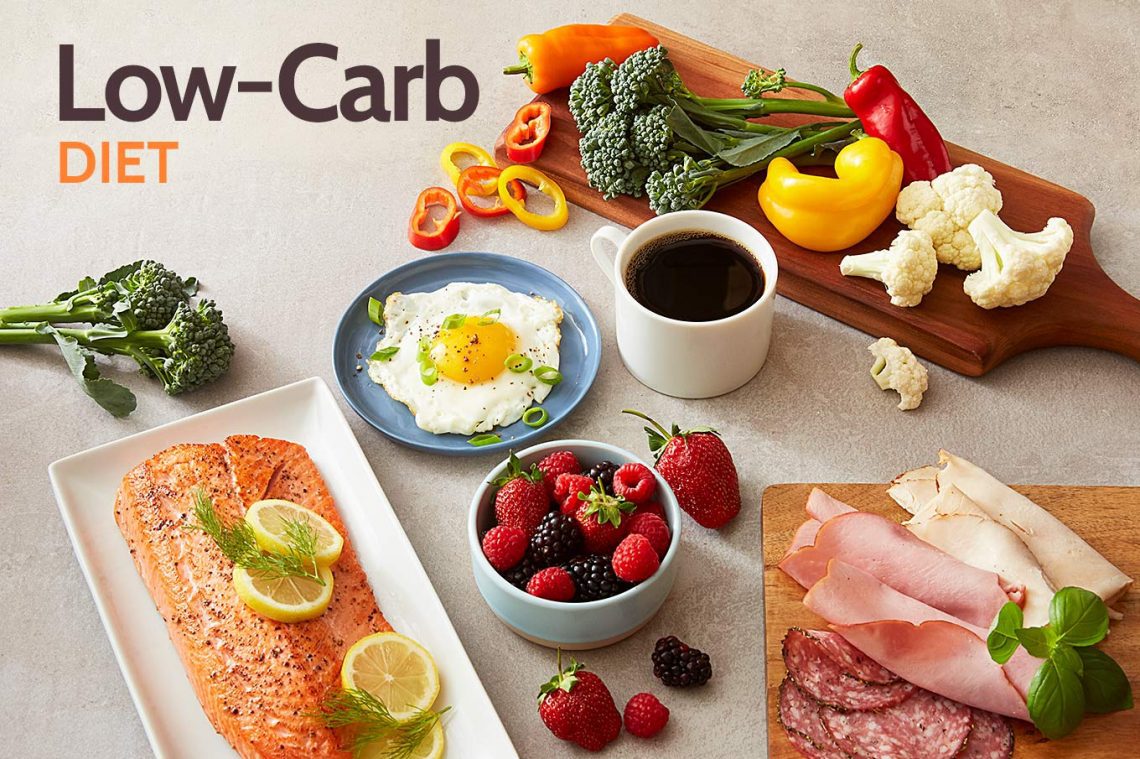
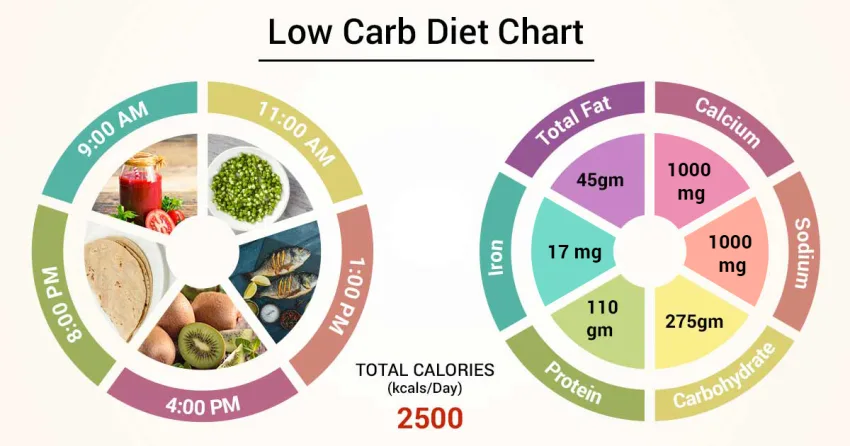
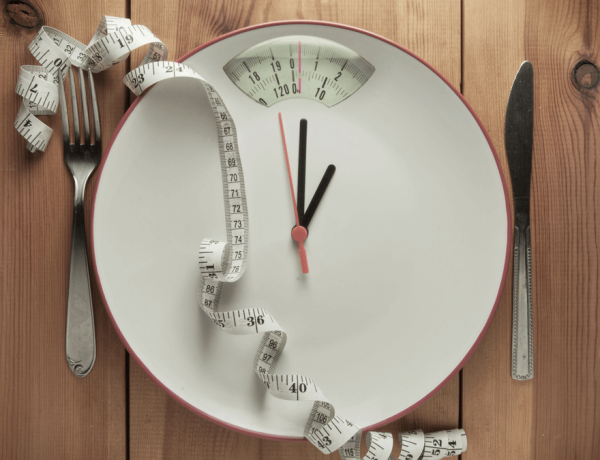




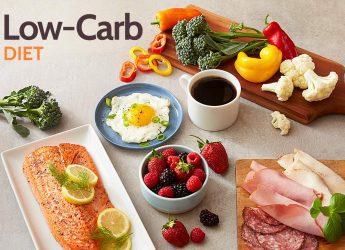

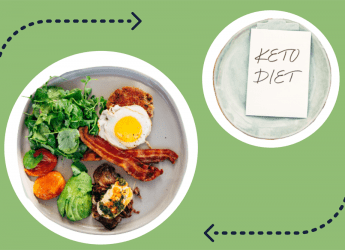
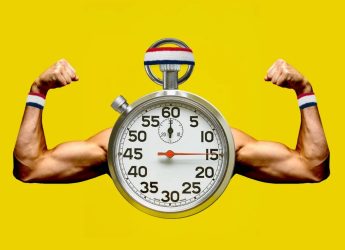



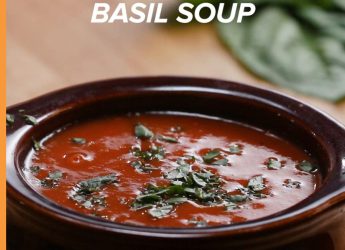
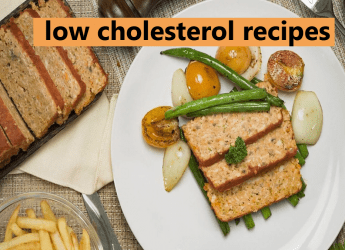
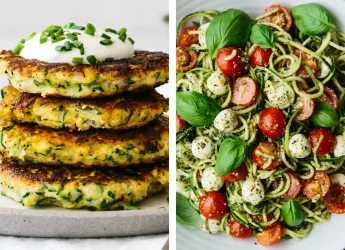

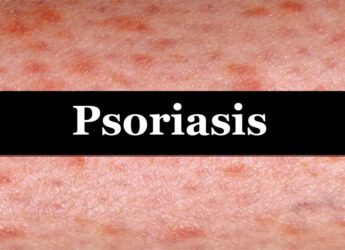

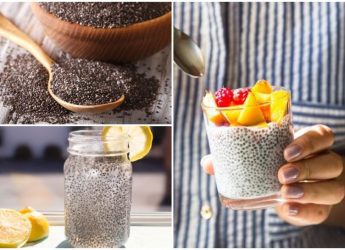



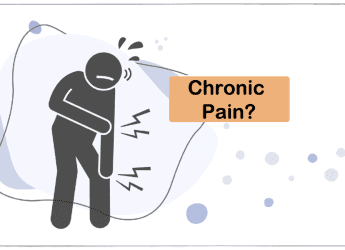

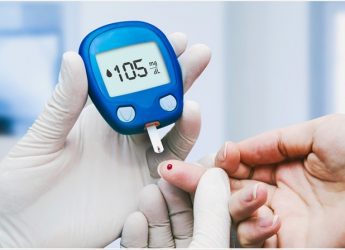

No Comments